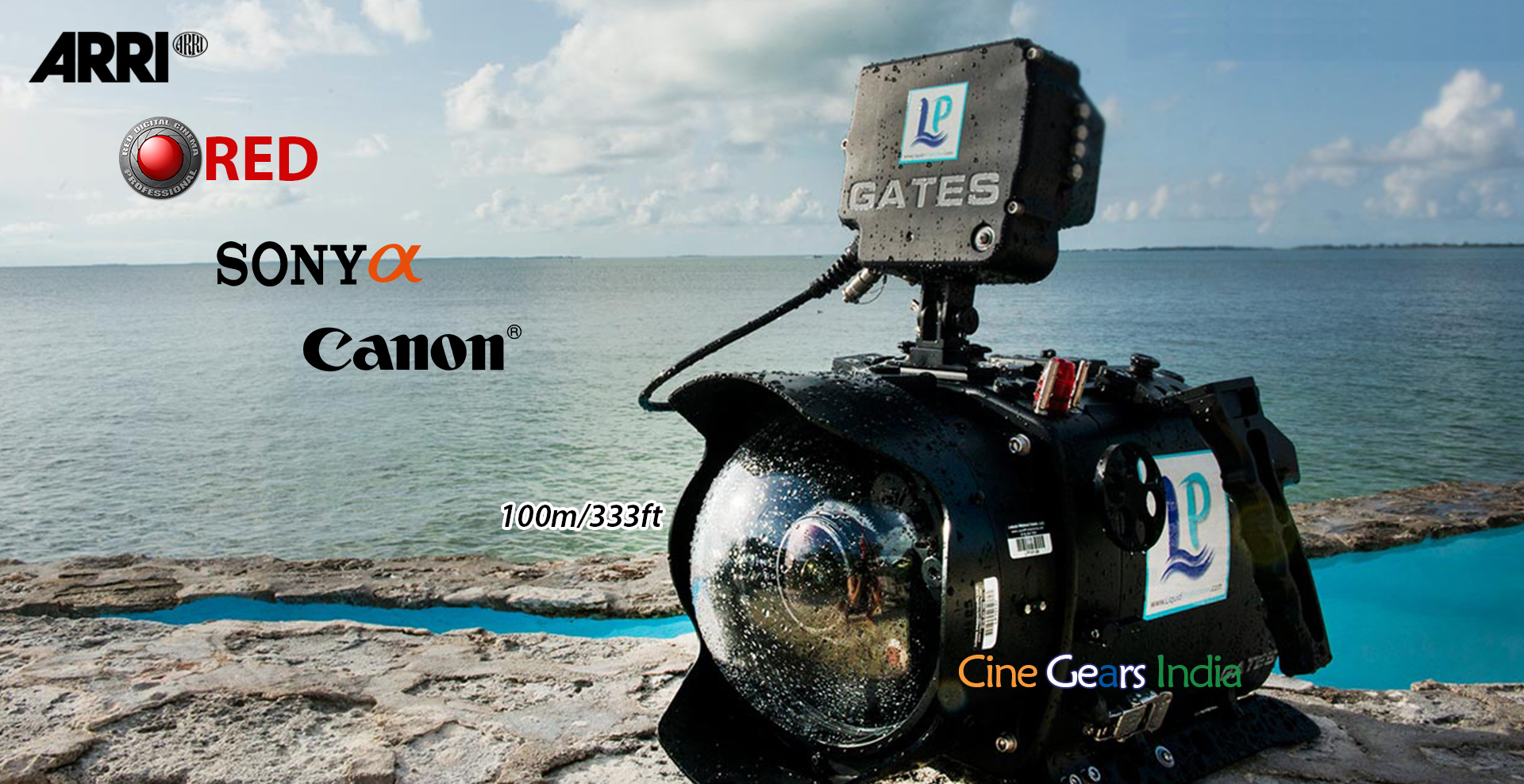Underwater Cinematography
Underwater videography is the branch of electronic underwater photography concerned with capturing underwater moving images as a recreational diving, scientific, commercial, documentary, or filmmaking activity.

The primary difficulty in underwater camera usage is sealing the camera from water at high pressure, while maintaining the ability to operate it. The diving mask also inhibits the ability to view the camera image and to see the monitoring screen clearly through the camera housing. Previously the size of the video camera was also a limiting factor, necessitating large housings to enclose the separate camera and record deck. This results in a larger volume which creates extra buoyancy requiring a corresponding use of heavy weight to keep the housing underwater (about 64 lbs. per cubic foot of displacement or 1.03 kilogram per litre in sea water or 63 lbs per cubic foot of displacement (1 kilogram per litre) in fresh water). Early video cameras also needed large batteries because of the high power consumption of the system. Current Lithium-ion batteries have long run times with relatively light weight and low volume.